The word Dracula; evokes fear, disgust, scorn and hate and sometimes awe, whenever and wherever it is uttered. But the facts remains that, are these opinions really based on facts or they are just popular opinion? Now most people would say, that Dracula is a fictional character, which was used to scare children and weak hearted, and at best amuse and entertain the ordinary folks. Well, that may be true to certain extent but is not certainly one hundred percent true. Most of the information, in popular folklore are distorted versions of the fictional account, penned on the character, approximately two centuries back. Here a attempt would be made, to describe the real person, in history behind the fictional masterpiece and how he influenced the creation of fictional character, created by the acclaimed author – Bram Stroker.
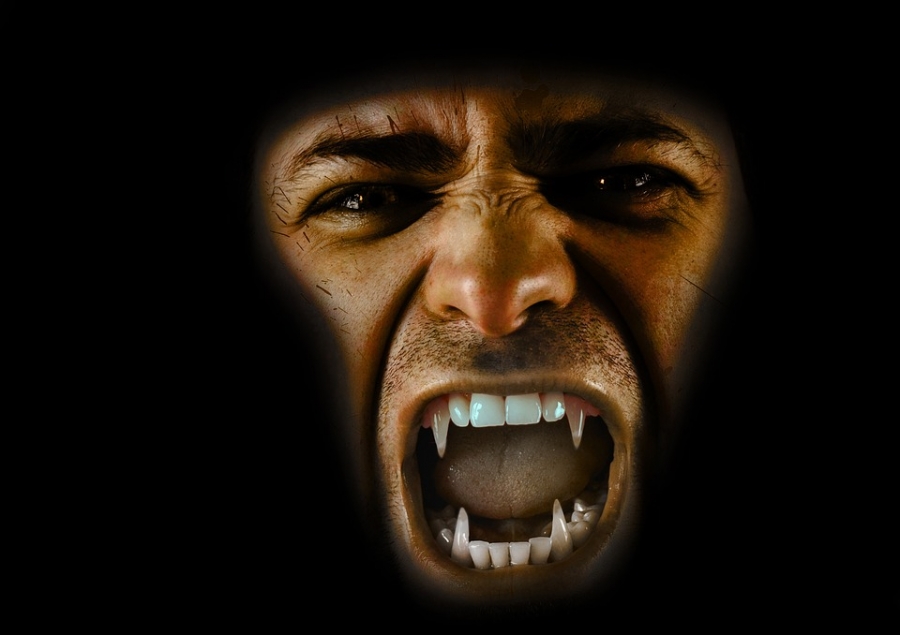
The real Dracula, is better known in history as Vlad, the 3rd or Vlad the Impaler or more commonly Vlad Dracula was born in 1431. He inherited his name from his father, who’s name was Vlad Dracul ( or Vlad the Dragon - as he belonged to an knightly order – the order of the Dragon ; Dracul meaning Dragon ). Dracula, in Slavic language means son of Dracul (or son of Dragon). He was, the king of Wallachia (a region in modern day, Romania – In Europe), in 15th Century. It was a time when the Turkish Empire was it’s peak of power and most European states, were at it’s mercy. During his childhood, Prince Vlad and his younger brother, were held hostages by the Ottoman Empire, so that their father would be forced to, bow down before the Turkish invaders.
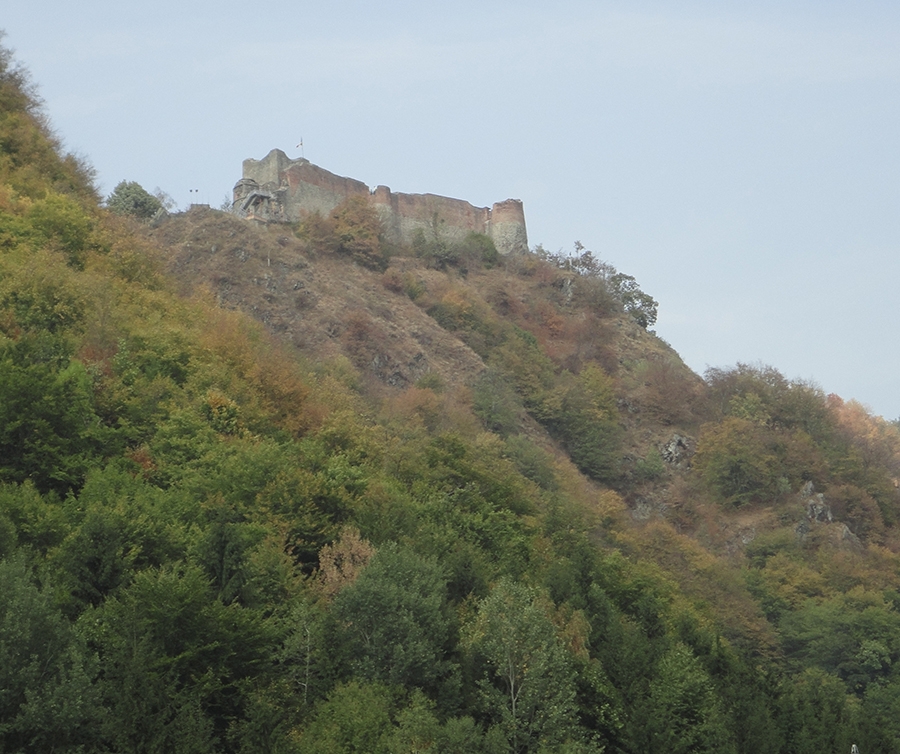
Much later when Vlad, became king, the Turkish sultan sent his messengers and ordered him to show gesture of his submission to him. With the previous bitter experience in mind, an enraged Vlad had the messengers captured and Impaled – rather a very painful and horrible way to kill a person and his favourite method of execution (Thus becoming Vlad, the Impaler). Vlad didn’t pay any tribute to the Turkish emperor and revolted against him. Although the Sultan tried to capture Vlad by treachery, but a clever Vlad came to know of his enemies plans, and eliminated them. He invaded the Ottoman empire and inflicted heavy damages to his enemies. He tried to form an alliance, with King of Hungary, as an united European and Christian alliance against a common more powerful tyrannical enemy ; but was betrayed by the people, with whom he was trying to form an alliance( and also his cousin Stephen, the great of Moldavia & his younger brother Radu ), and who pretended to be his friends; he was imprisoned and held for a long time of fourteen years, on false charges. Once released Vlad tried once again to consolidate, his position as king, and died fighting the ottoman forces in Dec 1476. The Turks took his head as a trophy to Constantinople.
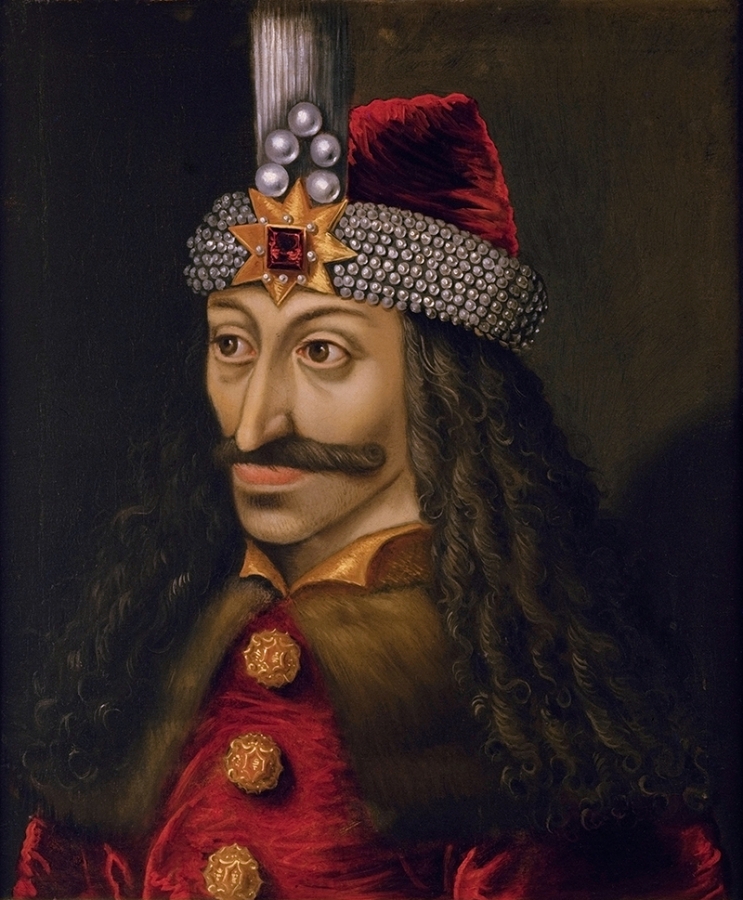
Although it is very true, that Vlad Dracula, was indeed a violent man and had many of his enemies impaled (causing terror to his enemies and maintaining a strict law and order situation in his kingdom) ; but it is also a fact, that many stories were exaggerated even invented by his enemies (using newly invented printing press, pamphlets describing actual and false atrocities committed by Dracula was widely circulated)), to create a hatred for a rather famous figure of his time. A sense of fear also united his enemies and made them desperate to go to any lengths, to stop him. It should also be taken into account that, Vlad lived in a very violent and troubled times; a person who had passed his childhood as a hostage and seen his father murdered unfairly and his older brother Mircea was tortured, blinded and buried alive. The enemies he fought against were no angels or paragon of virtue. He was in a kill or get killed situation ; striking fear in hearts of opponents, was a strategy to fight against a enemy(with limited resources), who were far superior in number and infrastructure. Thanks to his ingenuity, he was almost successful in killing Sultan Mehmed II and scattering his troops in a daring night attack. In 1462 Sultan Mehmed II fled with his army, at the sight of 20,000 impaled corpses rotting on the outskirts of vlad’s capital city, Targoviste. Vlad’s victories over the invading Turkish army was celebrated throughout Wallachia and rest of Europe, even Pope Pius II was impressed. He was a just king, who brought order and stability to Wallachia. He strengthened the economy and encouraged agriculture. He punished criminals and thieves, so that his normal subjects could live in peace. He helped local merchants and made new villages. He was immensely respected in Romania and Bulgaria, for defending them against Turkish Atrocities.
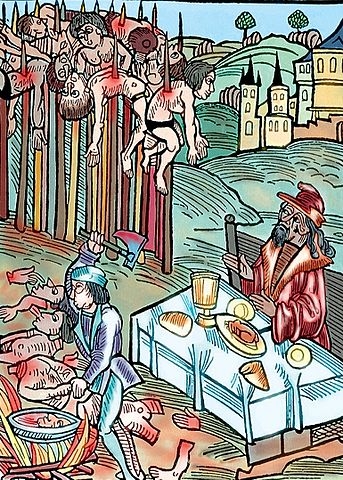
There are many stories and descriptions, where Dracula was depicted as a national hero. Ion Budai Deleanu, wrote a Romanian epic poem, where Vlad was presented as a hero fighting against enemies of his country. Poets like –Dimitrie Bolintineanu and Mihai Eminescu , also echoed similar sentiments. A big section of Romanian historians, have described him as one of the greatest Romanian kings, whose acts of violence, was for preservation of National dignity and always had a rational logic, rather than actions of a madman, as his enemies wanted the world to believe. In spite of the different controversial views, which people may have about him ; it is no doubt that Vlad Dracula, was a very special person, living a turbulent time, when his country was passing through one of it’s worst phases and he did what was necessary, in best interest of his people. Dracula fought bravely against overwhelming odds to defend his homeland and western civilization from Turkish onslaught.
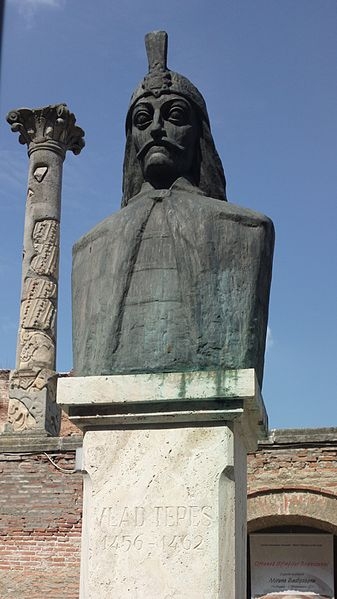
Bram Stroker was the first person, who created a fictional vampire -- Count Dracula combining the personalities of historical Romanian ruler with a blood sucking fictional character. As they say, where history meets myths, Legends are born ; thus the best selling novel – Dracula, was born (Published in 1897). The main reason for this was a 15th century, misinterpreted German poem, where Vlad Dracula was thought to addicted to drinking human blood (which was certainly false). In comparison to the actual Romanian king – Vlad Dracula, who died fighting ; the title character in Bram Stokers novel , is a blood sucking vampire, with superpowers, who can’t die of old age.
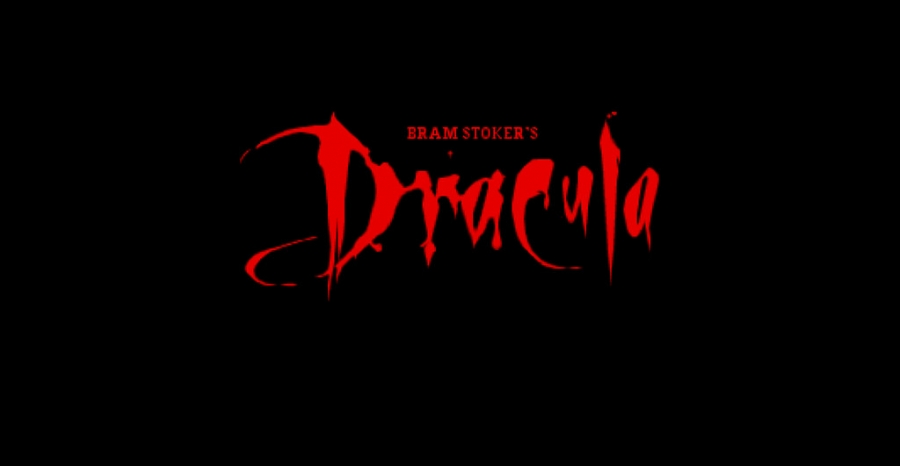
In the novel, Count Dracula is a Transylvanian nobleman ,with wide knowledge on different subjects and a brave person, with aristocratic charm. He possesses incredible strength and powerful telepathic and hypnotic powers, does not cast an image in mirrors and can vanish in will. He has powers over lower animals and can manipulate weather.
Although a fictional character, the stories has many versions, as depicted in many different movies and books. In Francis Ford Coppola’s version of “Bram Stoker’s Dracula” (a very popular movie), the fictional Count Dracula is shown as being the original Vlad Dracula, who returns home after winning a battle against the Turks and finds his wife—Elisabeta (whom he loved very much), has committed suicide, because of a false news of his death. His anger goes out of control when he come’s to know that his wife’s soul will never get salvation, as she has committed suicide. Enraged he renounces his religious faith and embraces the power of darkness and a becomes a follower of devil, thus metamorphosing into a blood sucking vampire, with superpowers.
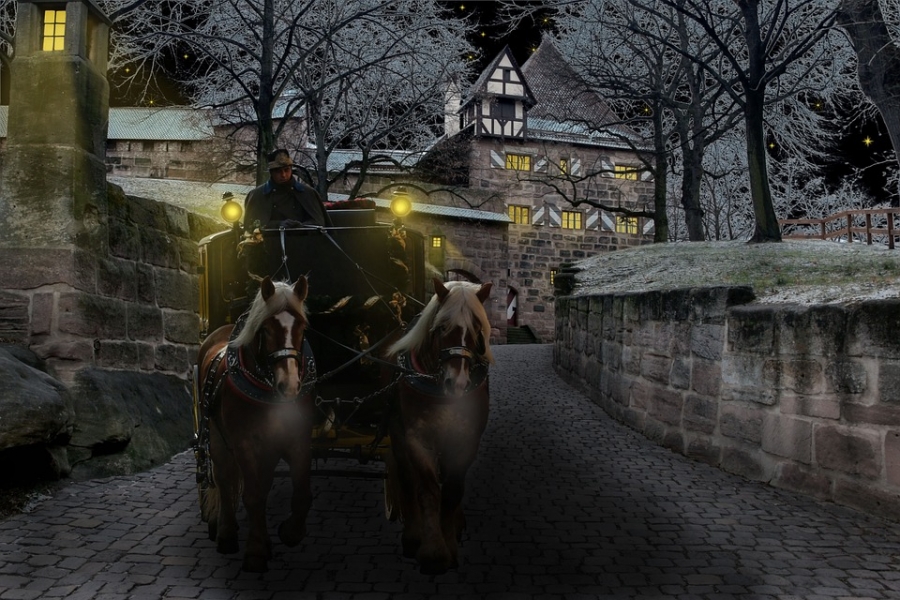
Subsequently the story develops, that how Dracula meets Jonathan Harker (a solicitor) and his fiancé Mina (who is the reincarnation of his wife – Elisabeta). Even after so many centuries, Dracula still is in love with the memories of his wife. He leaves Transylvania and sails to England and finally manages to meet Mina. The rest of the story describes how Dracula tries to win Mina back, sometimes by charm & sometimes by honest confession of his centuries old love. Although confused , Mina remembers her earlier life as Elisabeta, and acknowledges her love for Dracula. In fact she was so much in love with Dracula, that she even wants to be changed into a vampire, so that she can stay with Dracula for ever. In the story, Mina always tries to return back to Dracula ,to be united with him. Even in the end, Mina is at the side of Dracula, as he dies. Finally at the end we find that, this is not a horror story, but a love story that has stood the test of time. Or how else can be explained, the love of Dracula for his deceased wife even after four centuries. Or the fact that Mina, even after rebirth, has feelings for her husband of previous life. In fact, the fictional account of Count Dracula comes across as one of the greatest, of love stories ever told and not as a horror story as per popular misconception.
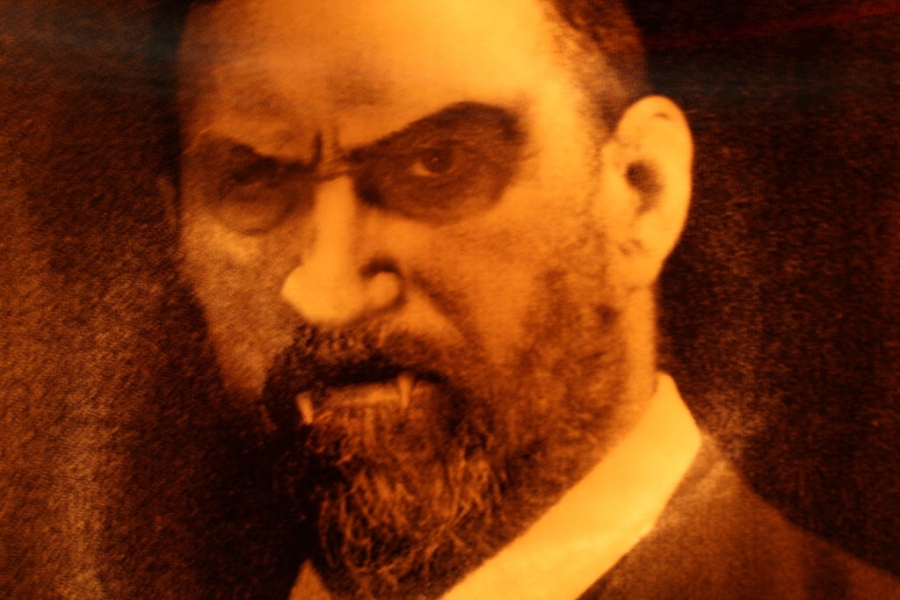
So in fact -- as the historical Vlad Dracula or the fictional creation of Bram Stoker – the Vampire Count Dracula ; one fact remains constant, that is, Dracula was a wronged person in his life, who was put in a very precarious position, due to unpredictable situations around him. Surrounded by hateful enemies and doubtful friends, what he did was was, required for him to survive and triumph over the situations, which was never under his control. History shows him to be a responsible ruler (and fiction shows him to be a loving husband) ; so finally when the word Dracula, comes in the mind, the bravery and never say die spirit of a person, who became a legend, is the only thing which we need to remember & not the pseudo image of a conscious less monster, that the world would like us to believe ; --- “BECAUSE SOMETIMES, IT IS THE MONSTERS, WHO ARE THE REAL HEROES OF THE STORY”